This month sees the following articles in Analyst that are in the top ten most accessed:-
Modern analytical techniques in metabolomics analysis
Aihua Zhang , Hui Sun , Ping Wang , Ying Han and Xijun Wang
Analyst, 2012, 137, 293-300 DOI: 10.1039/C1AN15605E
Surface enhanced Raman scattering for multiplexed detection
Jennifer A. Dougan and Karen Faulds
Analyst, 2012, 137, 545-554 DOI: 10.1039/C2AN15979A
Dual-emission quantum dots nanocomposites bearing an internal standard and visual detection for Hg2+
Xiangying Sun , Bin Liu and Yibang Xu
Analyst, 2012, 137, 1125-1129 DOI: 10.1039/C2AN16026A
Novel nanobiotechnological concepts in electrochemical biosensors for the analysis of toxins
Mònica Campàs , Diana Garibo and Beatriz Prieto-Simón
Analyst, 2012, 137, 1055-1067 DOI: 10.1039/C2AN15736E
Sensitive sandwich ELISA based on a gold nanoparticle layer for cancer detection
Feng Zhou , Mengmeng Wang , Lin Yuan , Zhenping Cheng , Zhaoqiang Wu and Hong Chen
Analyst, 2012, Advance Article DOI: 10.1039/C2AN16257A
Spectrophotometric detection of tyrosinase activity based on boronic acid-functionalized gold nanoparticles
Sa Li , Langyong Mao , Yaping Tian , Joseph Wang and Nandi Zhou
Analyst, 2012, 137, 823-825 DOI: 10.1039/C2AN16085D
Stable fluorescent gold nanoparticles for detection of Cu2+ with good sensitivity and selectivity
Yongming Guo , Zhuo Wang , Huawu Shao and Xingyu Jiang
Analyst, 2012, 137, 301-304 DOI: 10.1039/C1AN15877E
Graphene and graphene-based nanomaterials: the promising materials for bright future of electroanalytical chemistry
Xiao-mei Chen , Geng-huang Wu , Ya-qi Jiang , Yi-ru Wang and Xi Chen
Analyst, 2011, 136, 4631-4640 DOI: 10.1039/C1AN15661F
Upconversion nanoparticles in biological labeling, imaging, and therapy
Feng Wang , Debapriya Banerjee , Yongsheng Li ,Xueyuan Chen and Xiaogang Liu
Analyst, 2010, 135, 1839-1854 DOI: 10.1039/C0AN00144A
Probing gunshot residue, sweat and latent human fingerprints with capillary-scale ion chromatography and suppressed conductivity detection
Elizabeth Gilchrist, Norman Smith and Leon Barron
Analyst, 2012, Advance Article DOI: 10.1039/C2AN16126E
Why not take a look at the articles today and blog your thoughts and comments below.
Fancy submitting an article to Analyst? Then why not submit to us today or alternatively email us your suggestions.
Comments Off on Top ten most accessed articles in January


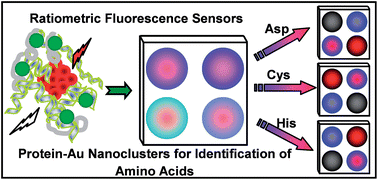









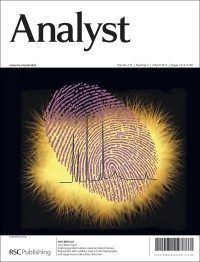
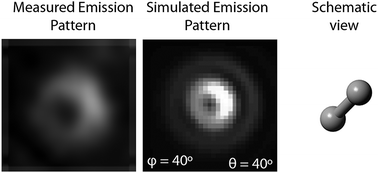
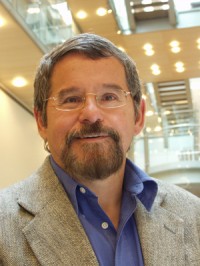
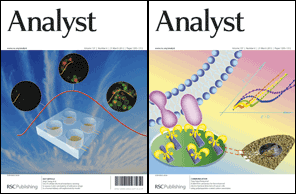
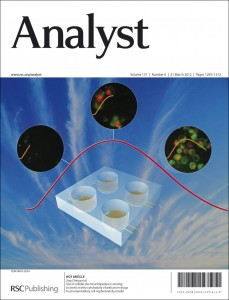 Analyst issue 6
Analyst issue 6

